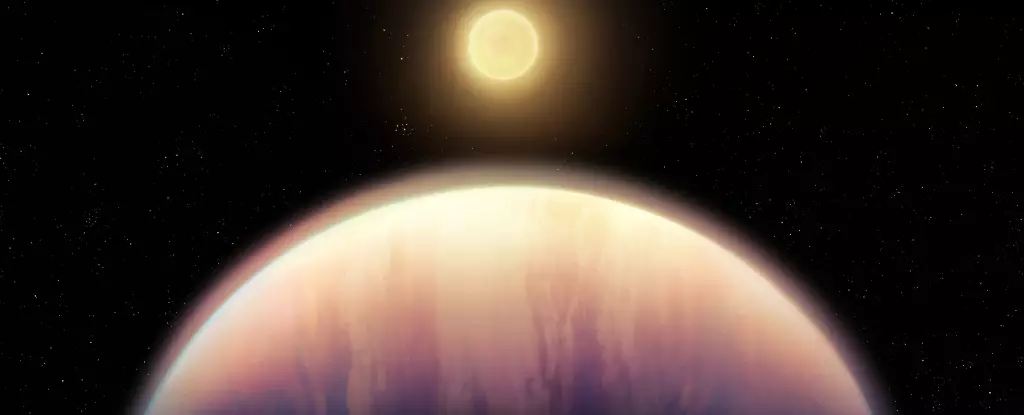The unveiling of the mysteries surrounding exoplanets has taken a memorable leap thanks to the James Webb Space Telescope (JWST), which stands as a remarkable achievement in space exploration and technology. What sets JWST apart is not just its cutting-edge equipment but also its groundbreaking capabilities to analyze the atmospheres of distant gas giants. With the telescopic eye now firmly focused on systems like HR 8799, our understanding of the formation of planets beyond our Solar System is rapidly evolving, bringing intriguing revelations and reshaping our cosmic perspective.
Decoding the Atmosphere of Exoplanets
The method of analyzing light from parent stars as it passes through the atmospheres of orbiting exoplanets has opened new frontiers in planetary science. The JWST has recently made breakthrough observations of the planet HR 8799, located a tantalizing 130 light-years away in the Pegasus constellation. This system, teeming with unique qualities, comprises several gas giants that have revealed traces of carbon dioxide in their atmospheres. This significant finding suggests that the mechanisms underpinning planet formation may bear remarkable similarities to the processes that shaped our own Solar System.
HR 8799, a youthful system that is about 30 million years old and possesses a star with 1.5 times the mass of our sun, hosts four confirmed gas giants—HR 8799 b, c, d, and e—each weighing between five and ten times more than Jupiter. The discovery of carbon dioxide is not merely a chemical curiosity; rather, it implies that these gas giants likely formed through core accretion, a scenario where solid cores accumulate surrounding gas from a protoplanetary disk—a theory also used to explain the formation of Jupiter and Saturn.
Understanding Planet Formation Mechanisms
The implications of these findings cannot be overstated. They challenge previous conceptions about planetary formation and classification within our galaxy. Scientists posited two primary paths for the creation of giant planets: core accretion and disk instability. By detecting carbon dioxide in multiple planets around HR 8799, researchers are gaining clarity on which method might be more prevalent among various planet systems. This understanding becomes even more essential considering that only a mere fraction of the nearly 6,000 exoplanets discovered to date have been directly imaged—thanks in large part to the technological marvel of JWST’s NIRCam coronagraph.
The advancement of this technology provides scientists with tools to filter out the overwhelming brightness of stars and focus instead on the reflective properties of the planets themselves. This capability has yielded a wealth of data revealing higher concentrations of heavy elements in the atmospheres of the HR 8799 gas giants than previously hypothesized, casting new light on the chemical make-up of these worlds.
Broader Implications for Cosmic Understanding
The broader ramifications of JWST’s work extend far beyond identifying the atmospheres of distant planets. Researchers, led by visionary scientists such as William Balmer from Johns Hopkins University, hope to use this comparative analysis not only to decipher the formation stories of distant systems but also to shed light on the origins of our own Solar System. In exploring these distant worlds, they echo the timeless human quest for understanding life’s existence and our place in the vast universe.
The ongoing observations of HR 8799 and its planetary companions, conducted under the Guaranteed Time Observations programs of Webb, are just the beginning. As JWST continues its mission, the potential for discovery looms ever larger. The insights gained from these gas giants will likely provoke discussions about the habitability of similarly positioned planets, the nature of planetary atmospheres, and the diverse potential for life elsewhere in the universe.
In a cosmos where we are often left to contemplate our solitude, the JWST provides a glimmer of hope—that within the void, among the stars, there exists a tapestry of life and geological phenomena waiting to be understood. With each observation, we are not just looking outward; we are also looking inward, revealing our place within the grand narrative of existence. The James Webb Space Telescope stands as a beacon of innovation and insight, inspiring both scientists and enthusiasts alike to question, explore, and ultimately, understand the universe we inhabit.

